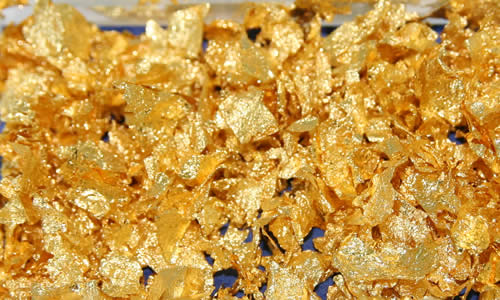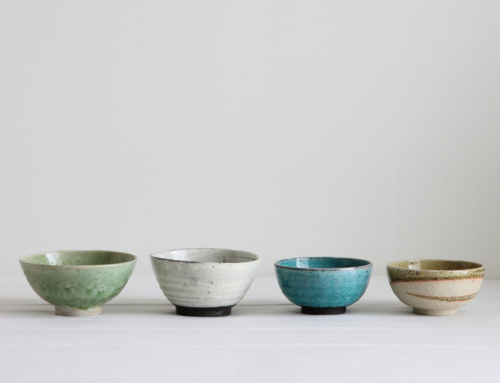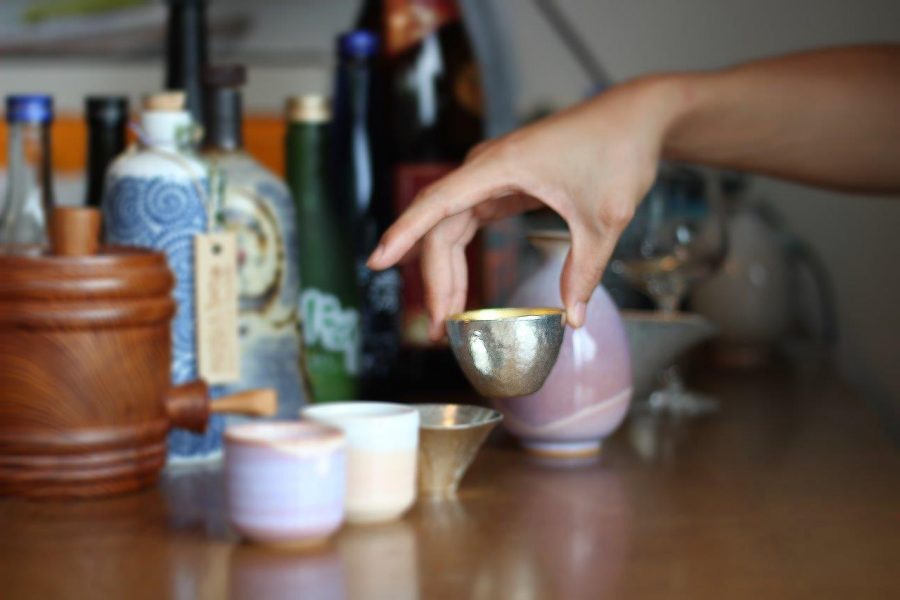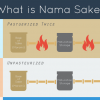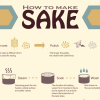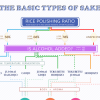Contents
At the end of the year, Sake with gold flakes is displayed at liquor shops in Japan. Sake with gold flakes is usually used as a gift or appreciated at ceremonial occasions e.g. traditional Japanese wedding receptions, festivals and the New Year Day.
Gold flakes floating on Sake makes ceremonial events even more special, imparting an air of luxury to the events.
What is gold foil in Japanese?
Kinpaku (金箔) is it. Kin literally means Gold. And Paku means foil, leaf or flake.
Gold Flakes Don’t Make Sake Taste Better
Gold flakes are mainly used as a mere garnish, so they technically have little effect on the Sake taste, just like gold flakes used in wine and chocolates. Having said that, we clearly get excited to see gold flakes in your Sake. It makes you feel happy and special, and Sake may taste as much special.
Is Sake with Gold Flakes Bad For Health?
Some may have come across this concern. Gold is one of the most stable metals and does not melt in Sake. It causes no chemical reactions in Sake or in your body.
It is totally okay to ingest a little amount of gold. When ingested, gold flakes are excreted without being assimilated in your body. In the first place, gold flakes are added to food or drink after thorough examinations at the production level.
How to drink Sake with gold flakes?
Sake with gold flakes is best to be consumed cold or at room temperature. Ochoko (small Sake cup), Masu (Sake box) or Sake glasses are suitable to give a special, traditional air.
Make sure you tilt the Sake bottle slowly once or twice so that gold flakes are mixed evenly with Sake (Don’t shake the bottle! It would deteriorate the Sake quality).
Deciphering Words Related to Sake with Gold Flakes
- 金箔 (Kinpaku): Gold flakes
- 純金 (Junkin): Pure gold
- 祝 (Shuku): Celebration
- 入り / 入 (Iri): -included
- 金箔入り (Kinpaku Iri): Gold flakes included


